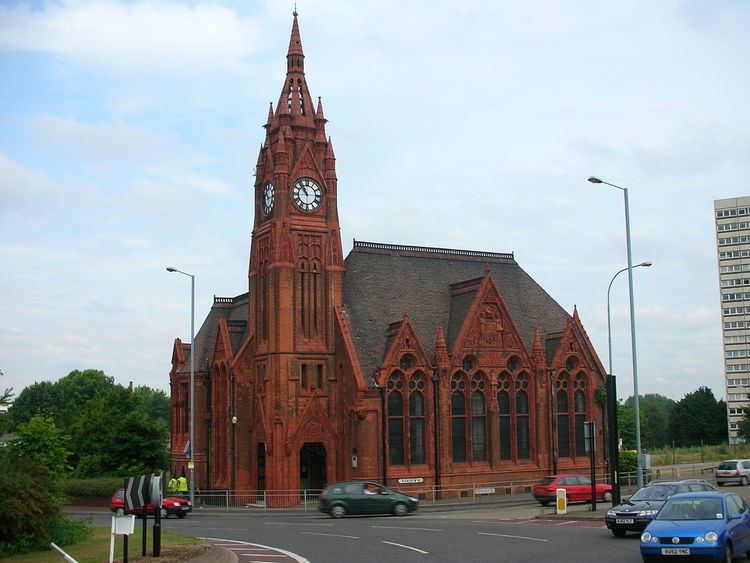Name William Martin | ||
 | ||
Beam william martin class
William Martin (1829–1900) was a Victorian architect who worked in Birmingham, England, particularly in the practice Martin & Chamberlain.
Contents
Born in Somerset in 1829 he joined a Birmingham architect called Thomson Plevins, and then became a partner of D. R. Hill, public works architect of early 19th century Birmingham. In 1864 J. H. Chamberlain joined the practice, succeeding Hill.
Martin & Chamberlain were architects to the Birmingham School Board and designed the majority of the new board schools created by the Elementary Education Act 1870, with Chamberlain doing much of the actual design work, as well as many other public buildings such as police stations, baths, and libraries. They were surveyors to the new Corporation Street from 1878. The trading name of Martin & Chamberlain continued after Chamberlain's death in 1883, and many buildings attributed to the partnership were, in fact, Martin's.
He later brought his sons, Frederick and Herbert Martin, into partnership, and traded under the name Martin & Martin.
Martin was followed as architect to the School Board by H. T. Buckland.
